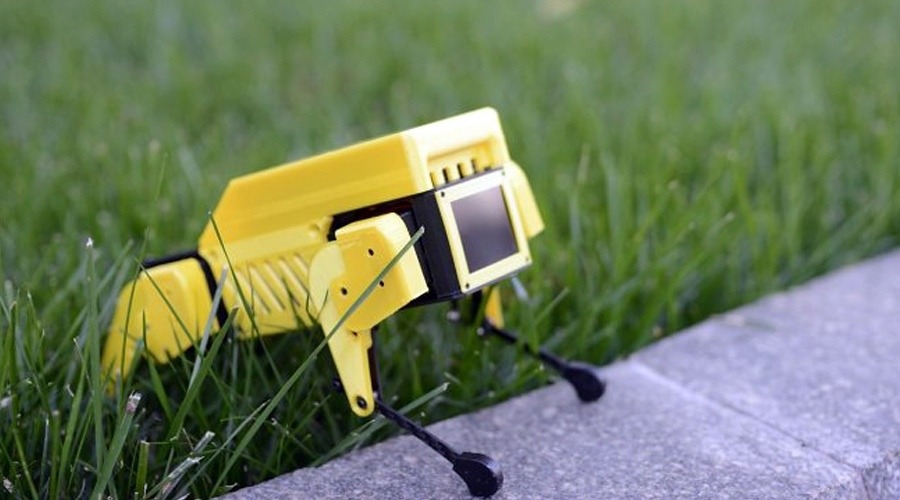Among the timeless masterpieces of classical music, Beethoven's Ninth Symphony reigns supreme, its majestic melodies resonating through the annals of history. Yet, amidst the resounding echoes of his magnum opus, lies a lesser-known narrative - that of Beethoven's elusive Tenth Symphony, a tantalizing enigma shrouded in the mists of the composer's unfinished legacy.
In the wake of Beethoven's passing in 1827, the musical world was left to ponder the fate of his incomplete opus. While the Ninth Symphony soared to unparalleled heights of acclaim, the Tenth Symphony languished in obscurity, its potential obscured by the veil of uncertainty.
However, hope flickered anew with the discovery of drafts and sketches for the Tenth Symphony, offering a glimpse into Beethoven's visionary aspirations. Yet, the fragmented nature of these sketches rendered the symphony's completion a formidable challenge, relegating it to the realm of speculation for generations to come.
In the late 20th century, a daring endeavor unfolded, propelled by the intersection of art and technology. Musicologist Barry Cooper dared to tread where others hesitated, endeavoring to breathe life into Beethoven's dormant masterpiece. Drawing from Beethoven's sketches, Cooper pieced together fragments of the symphony, offering a tantalizing glimpse into what might have been.
Fast forward to the dawn of the 21st century, where the march of technology heralded new possibilities. As the 250th anniversary of Beethoven's birth loomed on the horizon, the convergence of classical tradition and cutting-edge innovation beckoned. Matthias Röder, visionary director of the Karajan Institute of Salzburg, seized upon this opportunity, embarking on a quest to harness the power of artificial intelligence in service of Beethoven's legacy.
Joined by a cadre of luminaries including musicologist Ahmed Elgammal, composer Walter Verzova, computer music expert Mark Gotham, and musicologist-pianist Robert Levin, Röder spearheaded a groundbreaking initiative to complete Beethoven's Tenth Symphony. Fueled by the boundless potential of machine learning, this interdisciplinary team embarked on a journey fraught with challenges yet brimming with promise.
Supported by the visionary patronage of Deutsche Telekom, the project unfolded with meticulous precision, each algorithmic iteration breathing new life into Beethoven's musical tapestry. Through the harmonious collaboration of human ingenuity and artificial intelligence, the once elusive Tenth Symphony began to coalesce, its ethereal melodies taking shape amidst the digital ether.
As the final notes resounded through the hallowed halls of classical music, a new chapter was written in Beethoven's storied legacy. In the crucible of innovation, the symphony found its voice once more, transcending the boundaries of time and space to captivate hearts and minds anew.


















